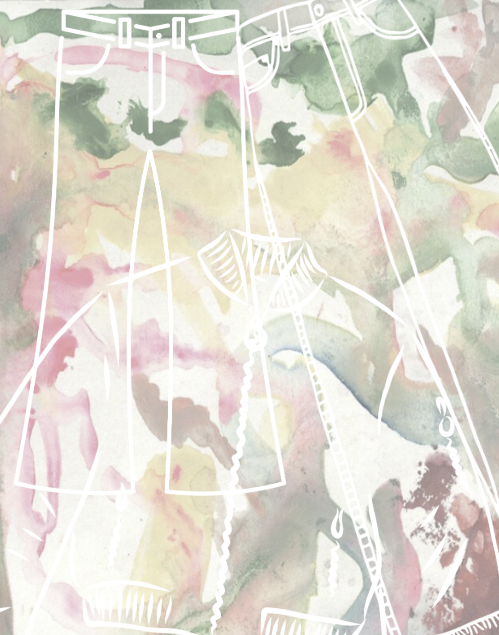Notorious photographer Bill Cunningham once said, “Money is the cheapest thing. Liberty and freedom are the most expensive.” His work exemplified this ethos, capturing New York street style in a way that flipped the structure of design and dissemination. Instead of fashion trickling down from high-end designers, he revealed how influence flowed from the streets upward, shaping high fashion itself.
He had a gift for seeing untapped beauty — the art of existence in the liminal spaces between work and play, where individual souls shone through in their clothing.
Using his framework, we can see how things created in the streets affect the powers that be, the true vision of the power in the people as opposed to the profitable and shareholder class.
Street style reflects a quotidian world — the world of everyday life — and it began to take shape in the 1960s. Grace Samuels called it “dynamic … representing the restlessness and radicalization of its youth.” This hints at the needle in the haystack when it comes to fashion as expression and possible political representation.
Nestled in the ‘60s was the ‘Black is Beautiful’ movement, promoting and embracing local black art, black music and black fashion.
Downstream of the 60s expressive street style follows the 80s expansion of this culture, coevolving with hip-hop. A video essay elaborates on this in relation to Kendrick Lamar’s Super Bowl LIX performance, saying, “Hip-hop itself is inherently political and directly born out of the oppression, poverty and police brutality of the ‘80s.”
Lamar’s performances highlighted the gamified nature of existence and the voices coaxing art and expression from Black people into packageable entertainment. Lamar reminds us of cultural influences before and beyond now, meditates on ideas of identity and performance and looks good while doing it.
The flare Marco jeans from Celine are reminiscent of the ‘60s and ‘70s counterculture, a staple of disco, fused with his letterman jacket adorned with relics and imagery of his life representing the personal nature of individual rebellion and presentation.
My inherently political reading of hip-hop, street fashion and Black culture as a whole sadly pigeonholes Black expression as political, teetering on taboo to traditional and conservative populations, prepositioned on the inequitable nature of the system; framing expression in this way stifles a world of pure spiritual or playful expression we might strive for, or that I feel allotted as a white artist.
The spirit of play and expression is well-exemplified in The Winstons’ renowned and remixed ‘amen break’ coined in “Amen, Brother” originating in the ‘80s as a way to elongate their song, but instead captured audiences inspiring the sounds of “Straight Outta Compton” and Salt-N-Pepa’s 1986 single “I Desire.” This soul of jazz, funk and R&B was inspired by the notion of playing “what’s not there,” eloquently explained by Miles Davis.
This idea might help us extrapolate to understand the hope in Black culture that rings throughout our cultural relics and treasures, so where are their royalties?
In light of DEI rollbacks, Josh Johnson’s standup special at Asheville’s The Orange Peel referenced Black historical erasure. He thinks the solution is to make more Black history. In this way, we can see how the upcoming Met Gala’s theme “Superfine: Tailoring Black Style” reflects artistic spaces for representation in light of political erasure and discrimination.
To that effect, if we understand the interplay between art and entertainment Lamar straddled, and use this to delve into current representation, we can propel forward the new narratives structurally defined by movements before them and continue to push forward justice and expression as a diverse array of representations of experiences.
In a time of political repulsion, radical creativity remains the best form of resistance. A bottom-up shift in the ecosystem is inevitable. The only choice left is to resist, collect, diversify and create.
Make your presence known, celebrate the sea of all the individuals that be, be art not entertainment, defiant not distraction.














